Create Shelter for Songbirds
A tiny forest songbird called the prothonotary warbler is in deep trouble in southern Ontario. As few as four to 13 pairs of these bright yellow birds remain in Canada. Like many other woodland birds, they are gradually disappearing as we carve up forests for logging, farming, roads, and human habitations. This “fragmentation” decreases the distance between a forest’s edge and its interior, making songbird nests more vulnerable to predators like cats, skunks, crows, and raccoons. At the same time, cavity-nesting birds (like the prothonotary warbler) are having a harder time finding shelter because of the decreasing availability of hollow trees.
But there is reason for hope. The eastern bluebird, too, was once a rarity. Its numbers plunged due to habitat loss and the invasion of the European starling, which usurps tree cavities and deprives native birds of nesting sites. Thanks to people putting up artificial nesting boxes throughout its range, the eastern bluebird has made an extraordinary comeback. The Committee on the Status of Endangered Wildlife in Canada recently removed the eastern bluebird from its list of species at risk.
We can help solve the songbird housing crisis — while practicing a truly higher form of sustainability — by keeping our human junk out of landfills and turning it into songbird shelters. What’s garbage to us can be home to birds!
Turn scrap wood into birdhouses: Mount nesting boxes on posts or under eaves to shelter songbirds and boost their populations. This simple structure will accommodate bluebirds, prothonotary warblers, tree swallows, nuthatches, titmice, chickadees, and wrens, as well as deer mice and flying squirrels. Invasive starlings and house sparrows can be excluded by making the entrance hole no bigger than specified in the following instructions.
- Reduce waste and material costs by using scrap wood, which most lumber yards will sell at a tremendous discount or donate. Waste-exchange services in many Canadian municipalities also supply reusable lumber at nominal prices or free of charge.
- Start with a single plank of scrap pine or cedar, 3/4” x 5 1/2” x 4’ (lumber is sold in imperial measures).
- Cut the plank into six panels: 11” (back), 8” (front), 8” (roof), 8” (side), 8” (side), and 4” (floor).
- Assemble panels using 2” coated flat-head screws. To keep the wood from splitting, pre-drill screw holes with a bit slightly smaller than the diameter of the screw.
- Drill a 1 1/8” diameter entrance hole 1” from the top of the front panel (1 1/2” diameter for bluebirds and tree swallows, 1 1/4” for nuthatches and flying squirrels).
- Drill four 1/4” diameter drainage holes in the bottom panel and two 1/4” ventilation holes near the top of each side panel.
- Mount the box 6 to 10’ from the ground, no later than mid-April.
- Unscrew one side panel and clean out nesting materials each fall.
Transform waste into brush piles: Recycle woody debris, such as fallen branches and clippings from pruned shrubs and trees, to create shelter for songbirds. Brush piles not only provide year-round cover for birds, they also are excellent nesting sites for small mammals and invertebrates.
- To build a brush pile with optimum value for birds, select eight or so straight, untrimmed branches about 2m long.
- Arrange the branches in a teepee-like framework, with butt-ends anchored in the ground and tips interlocking. The idea is to create an internal space where occupants can perch safely off the ground.
- Pile evergreen boughs on the top and sides of this framework to form a dome.
- For added benefit, train climbing vines, such as Virginia creeper, scarlet runner bean, or honeysuckle, onto the brush pile during planting season.
- Each year, add a few new boughs. Leftover corn stalks will make a welcome addition to the brush pile in the fall.












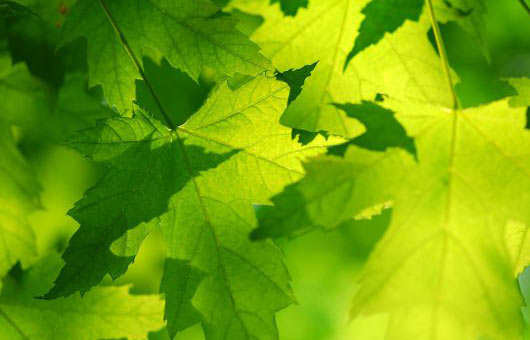
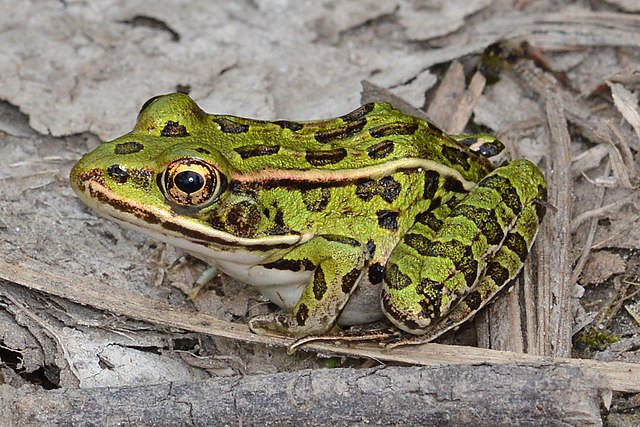
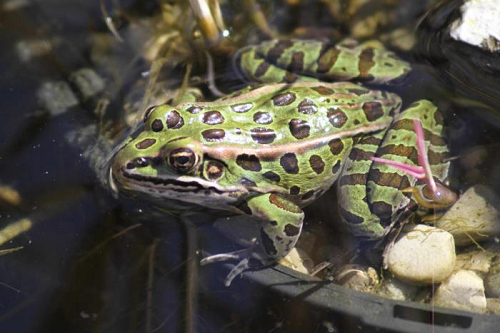
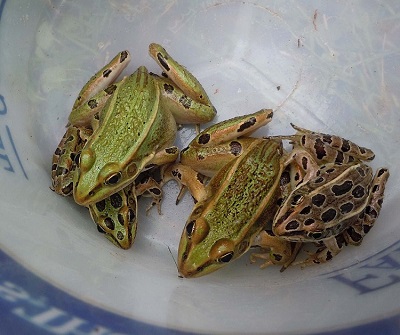
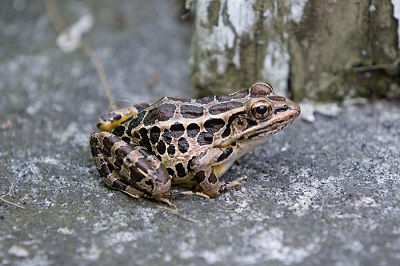

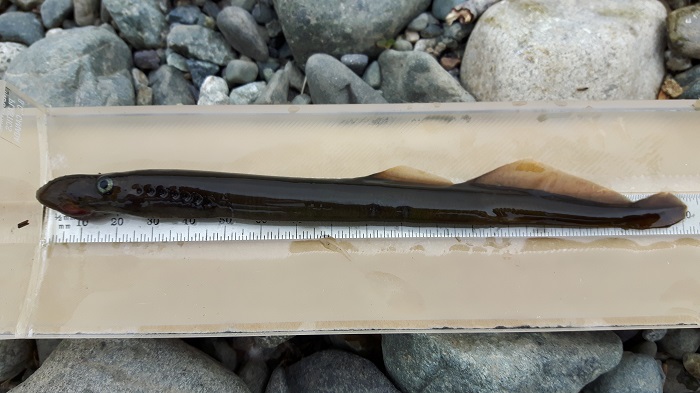





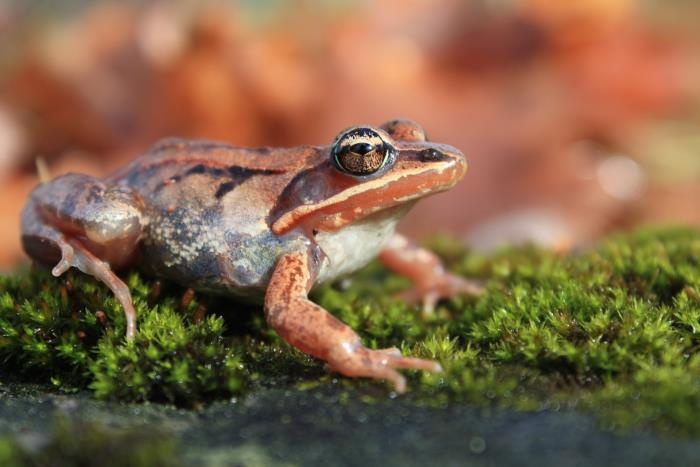


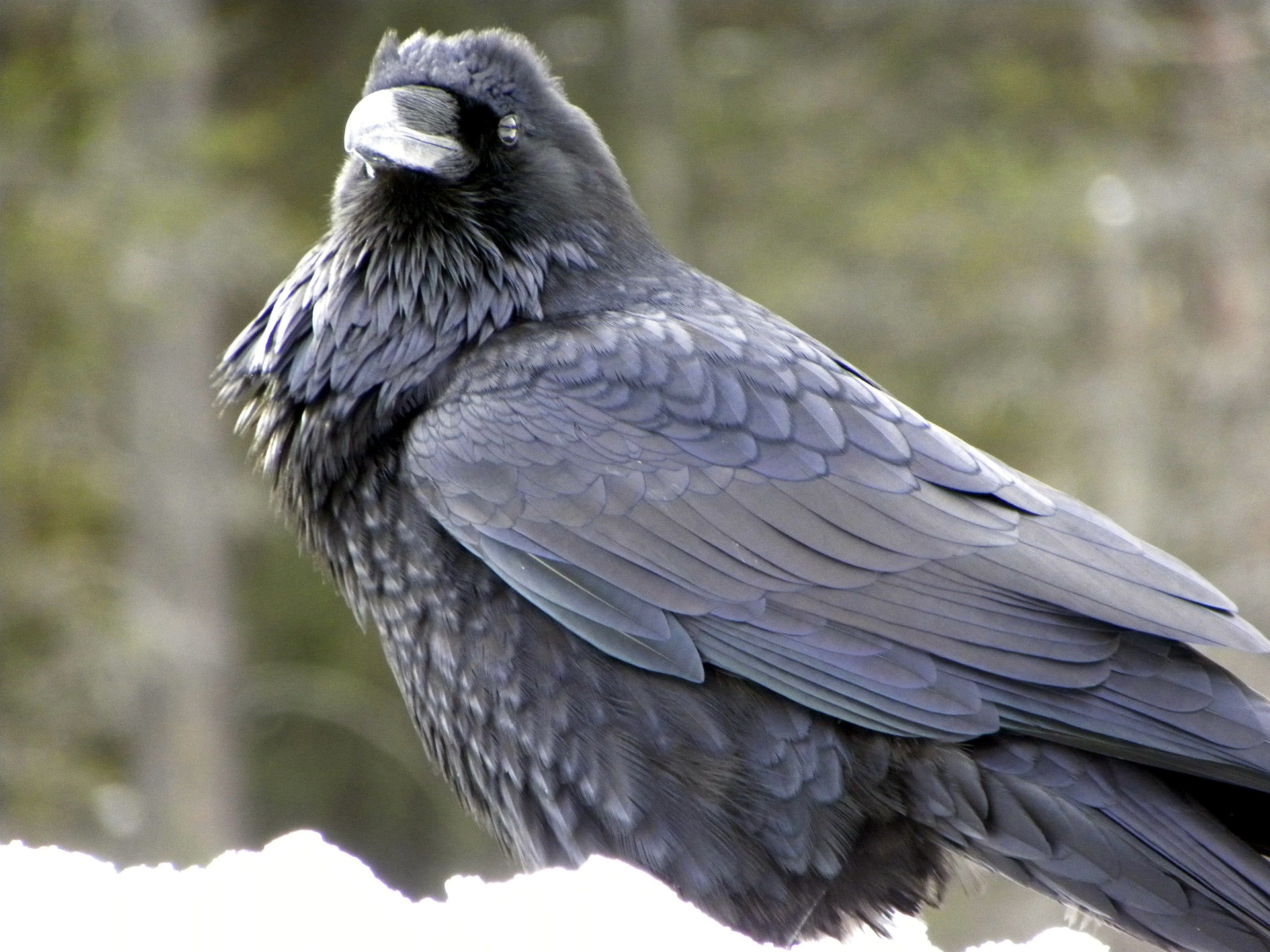

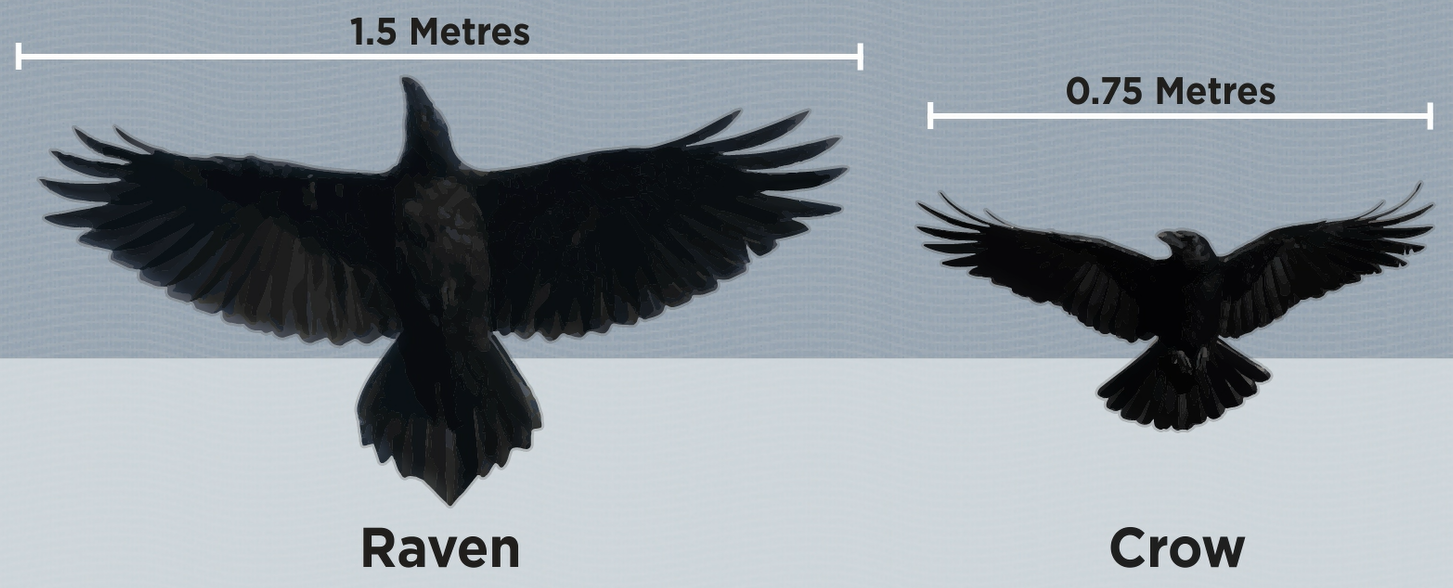

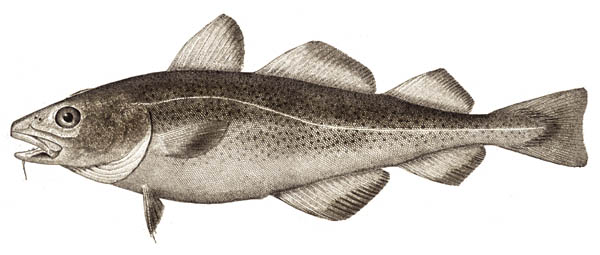 The Atlantic Cod (Gadus morhua) is a medium to large saltwater fish: generally averaging two to three kilograms in weight and about 65 to 100 centimetres in length, the largest cod on record weighed about 100 kg and was more than 180 cm long! Individuals living closer to shore tend to be smaller than their offshore relatives, but male and female cod are not different in size, wherever they live.
The Atlantic Cod (Gadus morhua) is a medium to large saltwater fish: generally averaging two to three kilograms in weight and about 65 to 100 centimetres in length, the largest cod on record weighed about 100 kg and was more than 180 cm long! Individuals living closer to shore tend to be smaller than their offshore relatives, but male and female cod are not different in size, wherever they live.
 The North Atlantic Right Whale (Eubalæna glacialis) is one of the rarest of the large whales. It can weigh up to 63,500 kilograms and measure up to 16 metres. That’s the length of a transport truck and twice the weight! Females tend to be a bit larger than males – measuring, on average, one metre longer. Considering its weight, it’s fairly short, giving it a stocky, rotund appearance. Its head makes up about a fourth of its body length, and its mouth is characterized by its arched, or highly curved, jaw. The Right Whale’s head is partially covered in what is called callosities (black or grey raised patches of roughened skin) on its upper and lower jaws, and around its eyes and blowhole. These callosities can appear white or cream as small cyamid crustaceans, called “whale lice”, attach themselves to them. Its skin is otherwise smooth and black, but some individuals have white patches on their bellies and chin. Under the whale’s skin, a blubber layer of sometimes more than 30 centimetres thick helps it to stay warm in the cold water and store energy. It has large, triangular flippers, or pectoral fins. Its tail, also called flukes or caudal fins, is broad (six m wide from tip to tip!), smooth and black. That’s almost the same size as the Blue Whale’s tail, even though Right Whales are just over half their size. Unlike most other large whales, it has no dorsal fin.
The North Atlantic Right Whale (Eubalæna glacialis) is one of the rarest of the large whales. It can weigh up to 63,500 kilograms and measure up to 16 metres. That’s the length of a transport truck and twice the weight! Females tend to be a bit larger than males – measuring, on average, one metre longer. Considering its weight, it’s fairly short, giving it a stocky, rotund appearance. Its head makes up about a fourth of its body length, and its mouth is characterized by its arched, or highly curved, jaw. The Right Whale’s head is partially covered in what is called callosities (black or grey raised patches of roughened skin) on its upper and lower jaws, and around its eyes and blowhole. These callosities can appear white or cream as small cyamid crustaceans, called “whale lice”, attach themselves to them. Its skin is otherwise smooth and black, but some individuals have white patches on their bellies and chin. Under the whale’s skin, a blubber layer of sometimes more than 30 centimetres thick helps it to stay warm in the cold water and store energy. It has large, triangular flippers, or pectoral fins. Its tail, also called flukes or caudal fins, is broad (six m wide from tip to tip!), smooth and black. That’s almost the same size as the Blue Whale’s tail, even though Right Whales are just over half their size. Unlike most other large whales, it has no dorsal fin.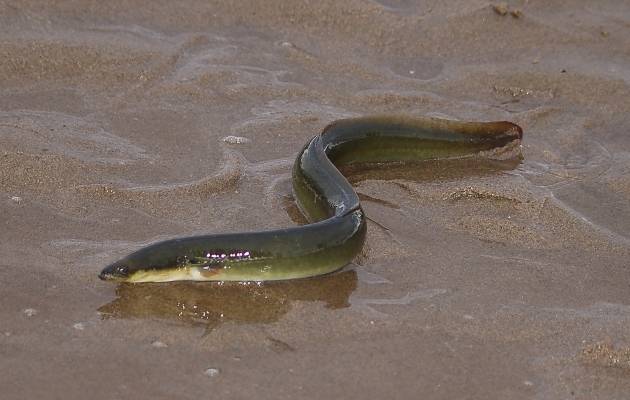



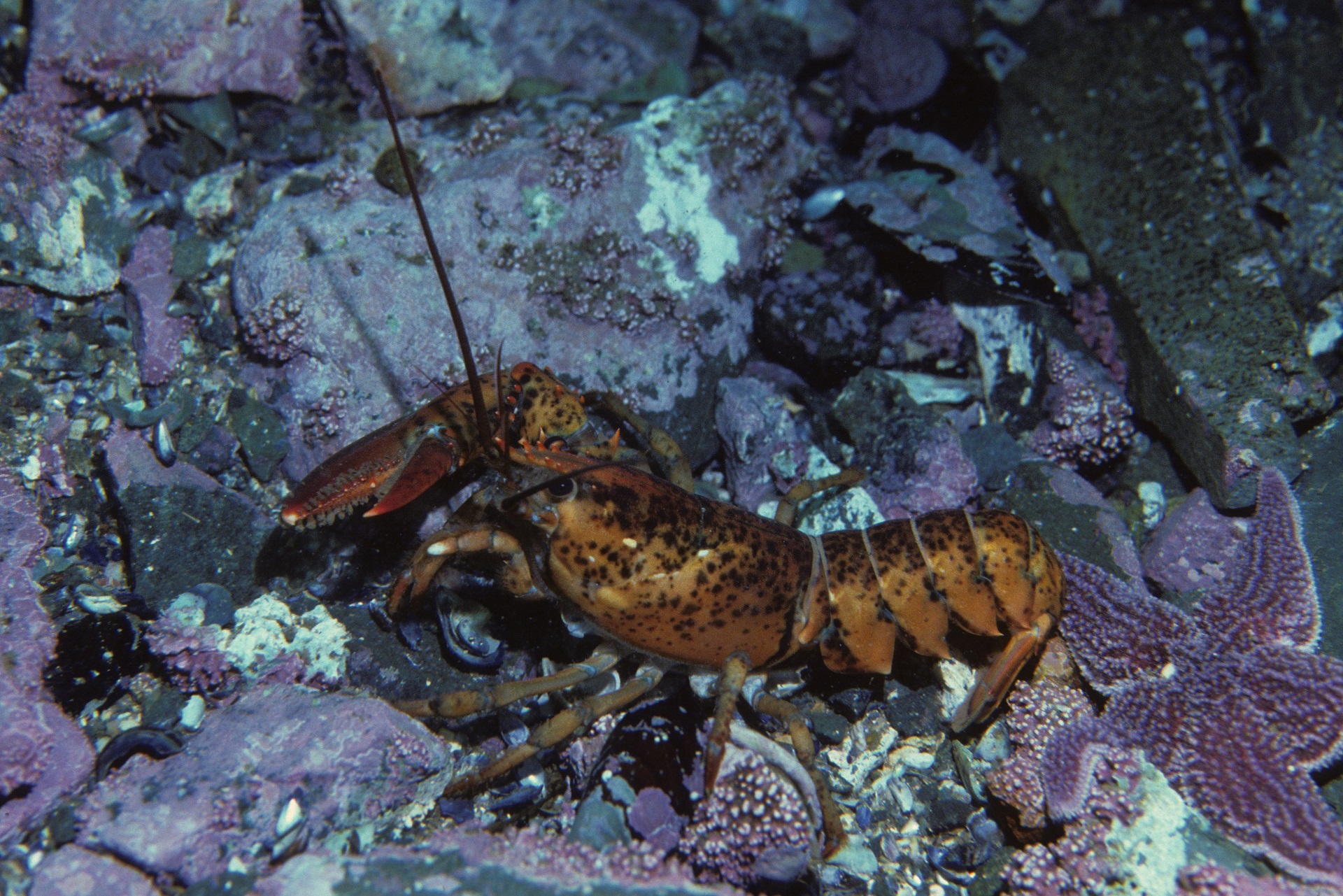
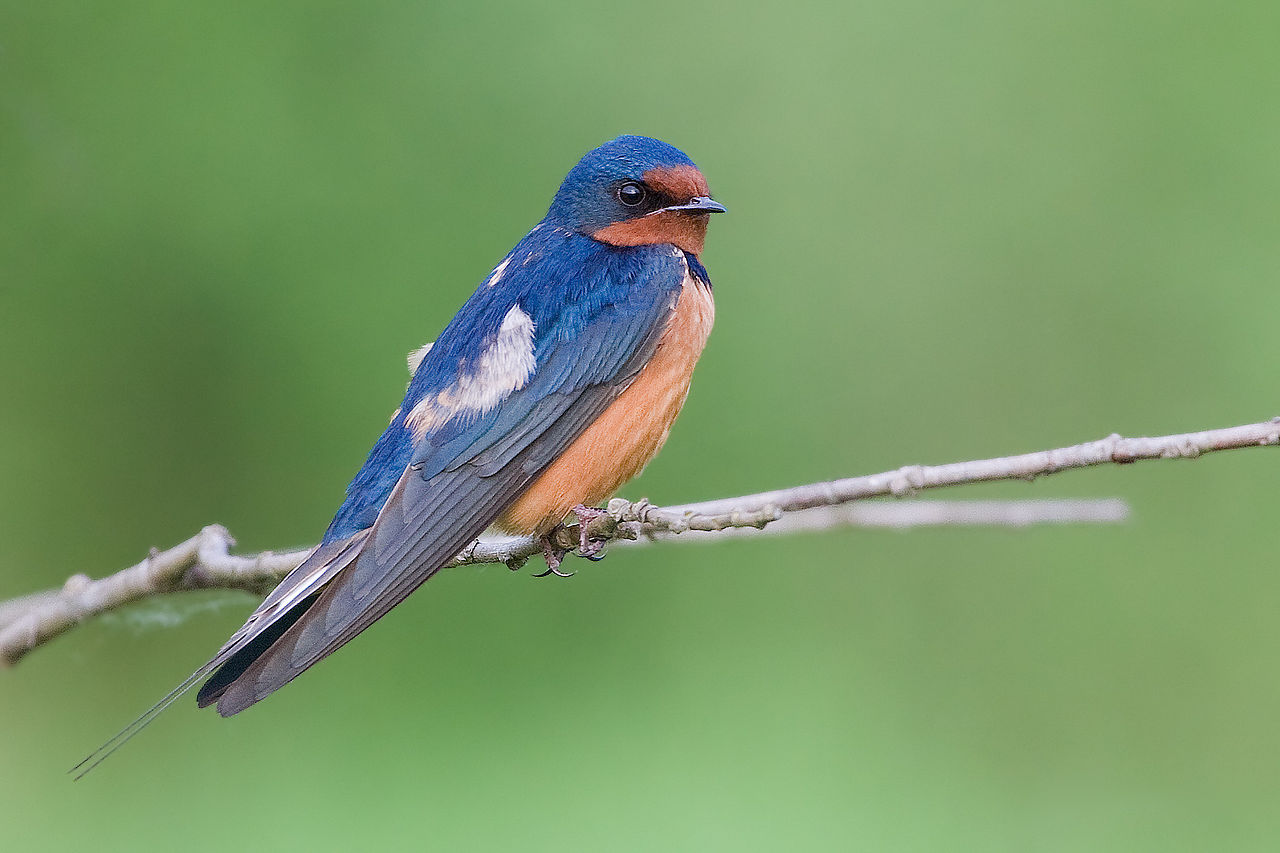


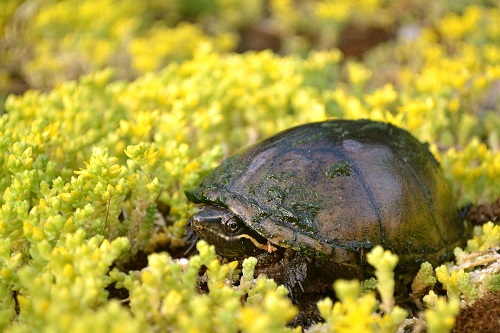

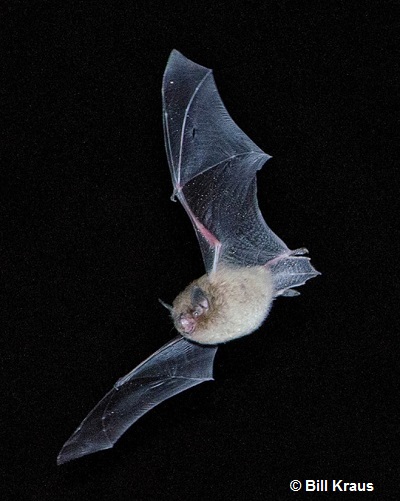


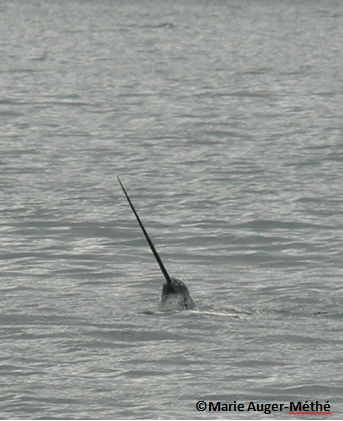
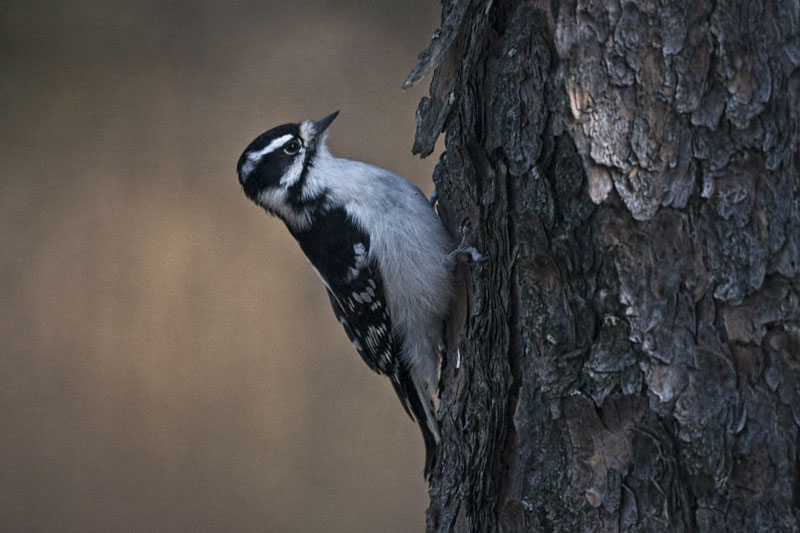


 Adult Trumpeter Swans Cygnus buccinator are large birds with white feathers and black legs and feet. The feathers of the head and the upper part of the neck often become stained orange as a result of feeding in areas rich in iron salts. The lack of colour anywhere on the swans’ bodies distinguishes them from other white species of waterfowl, such as snow geese, which have black wing tips.
Adult Trumpeter Swans Cygnus buccinator are large birds with white feathers and black legs and feet. The feathers of the head and the upper part of the neck often become stained orange as a result of feeding in areas rich in iron salts. The lack of colour anywhere on the swans’ bodies distinguishes them from other white species of waterfowl, such as snow geese, which have black wing tips.